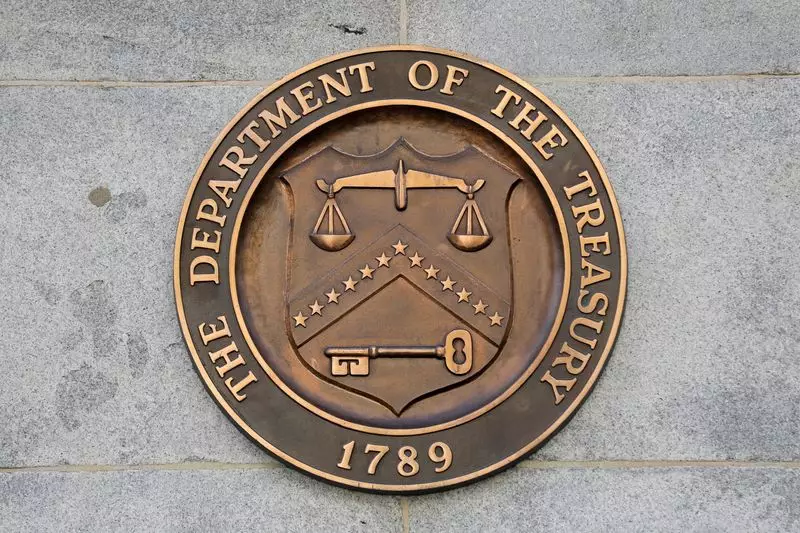As the U.S. economy navigates through complex economic indicators, the concept of a “soft landing” becomes increasingly significant. Analysts at BCA Research argue that if the economy continues to perform positively, avoiding a recession while aligning with the Federal Reserve’s inflation targets, we could witness noteworthy changes in the Treasury yield landscape. A soft landing typically suggests an economy that decelerates without descending into a recession, characterized by moderate growth, stable inflation, and manageable unemployment rates.
The “Soft Landing Zone,” as defined in financial literature, encompasses a range for the 10-year Treasury yield between 3.80% and 4.83%. This zone indicates that the economy can maintain a balanced status where inflation approaches the Fed’s desired 2% target, allowing for more measured monetary policy. Investors are likely to view this stability positively, expecting yields to stabilize instead of experiencing extreme volatility, encouraging them to hold onto longer-duration bonds.
BCA Research anticipates a gradual decline in Treasury yields over the coming year as the Fed continues its easing strategy. Analysts project that the 2-year yield might drop to 3.33%, the 5-year yield to 3.52%, the 10-year yield to 3.84%, and the 30-year yield to around 4.27%. These numbers reflect the assumption that the federal funds rate will also decrease slightly to around 3.625%. This scenario presents a favorable backdrop for bondholders, offering a welcome respite from the previously unsettling climb in yields driven by inflation fears.
Investors focused on long-duration bonds could find themselves in a more secure position amidst such a landscape. The strategy of positioning portfolios above the benchmark duration and engaging in steepening trades—which typically involve betting on the yield curve’s shape—reflects a potential bullish sentiment towards a soft landing scenario.
Despite the optimistic projections associated with a soft landing, it is crucial to acknowledge existing risks. The possibility of a hawkish Federal Reserve could dramatically alter the yield curve dynamics. If the Fed delays rate cuts in this supposedly benign environment—a cautionary stance that could be driven by unexpected inflation developments—the yields could remain elevated. Under such circumstances, a 10-year yield reaching up to 4.63% or even a 30-year yield hitting 4.96% may enter what analysts describe as an “Inflation Scare Zone,” leading to a complicated scenario for market participants.
Investors must remain nimble, prepared to adapt to a spectrum of outcomes. While a resurgence of inflation is deemed unlikely, market players should stay vigilant. Any signals indicating persistent inflation or a significantly weakened labor market could shift yields into a more precarious “Recession Scare Zone,” necessitating more aggressive actions from the Federal Reserve in the form of further rate cuts.
The potential for a U.S. economic soft landing offers both opportunities and challenges for Treasury market participants. The analysis from BCA Research underscores a complex interplay of factors that could influence investor strategies, from yield stabilization to the delicate balance of monetary policy. In light of these evolving dynamics, maintaining a flexible investment posture becomes essential to navigate this uncertain yet promising economic landscape.

